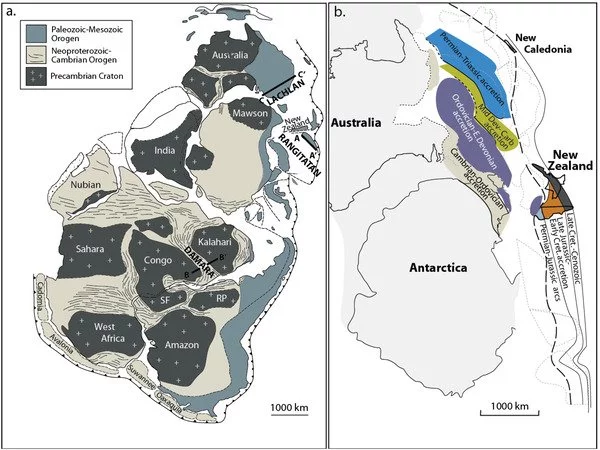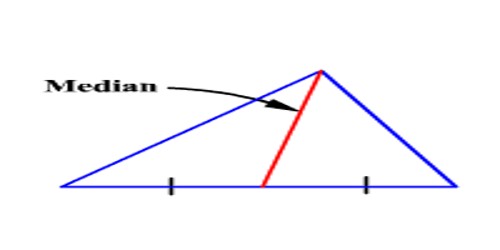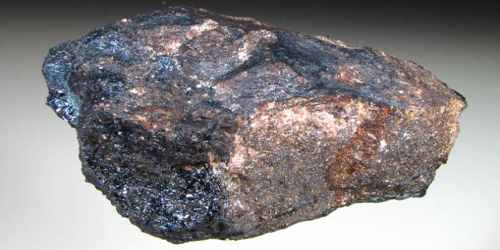The majority of the oceanic crust is made up of basalt, which is formed by volcanic activity at mid-ocean ridges. It is constantly being formed as magma rises to the surface and cools. As the crust ages, it undergoes processes such as hydrothermal alteration, which can result in water incorporation and storage.
An international research team discovered that the age of a subduction zone influences its ability to recycle water between the Earth’s surface and its inner layers. Their findings were published in the journal Geology.
When two tectonic plates collide and one subducts beneath the other, various rocks are subjected to changes in pressure, temperature, and chemical environments and undergo metamorphism. This process is critical for recycling water and critical elements such as strontium, uranium, thorium, and lead between the Earth’s surface and its deep interior.
Lawsonite eclogites are a type of high-pressure rock. Lawsonite eclogites are important for storing water in subducting plates because they contain the mineral lawsonite, which can transport large amounts of H2O to the deeper mantle.
We discovered that the formation of lawsonite eclogites is dependent on the maturity of the subduction zone. Lawsonite is only important in mature subduction zones for recycling water deep beneath the Earth’s surface. It does not play as large a role in younger zones as previously thought.
Professor Tatsuki Tsujimori
Scientists have long assumed that cold subduction zones transform oceanic crust into lawsonite eclogites. This is based on models and experiments that indicate lawsonite is a common mineral in cold geothermal regimes. However, this is not the case. Lawsonite is not commonly found in fossilised subduction zones on the Earth’s surface, raising further questions about our current understanding of how water is stored in subduction zones.
To solve this mystery, a team led by Dr. David Hernández Uribe and Professor Tatsuki Tsujimori from the Department of Earth and Environmental Sciences at the University of Illinois Chicago and the Centre for Northeast Asian Studies at Tohoku University, respectively, used cutting-edge modelling techniques to simulate rock formation at various lifetime stages of a subduction zone.

The presence of water in oceanic crust has been extensively studied, particularly through subduction zones. When oceanic crust is subducted beneath a continental plate, it can transport large amounts of water with it. The release of this water during subduction can have significant consequences for processes such as the formation of volcanic arcs and the movement of tectonic plates.
The group’s petrological modelling and phase equilibrium calculations revealed that in the early stages of a subduction zone (6 million years), oceanic crust does not transform into lawsonite eclogites. But it does so over time (12-33 million years).
“We discovered that the formation of lawsonite eclogites is dependent on the maturity of the subduction zone,” says Tsujimori. “Lawsonite is only important in mature subduction zones for recycling water deep beneath the Earth’s surface.” It does not play as large a role in younger zones as previously thought.”
The discovery will help scientists better understand water and mass recycling in tectonic settings. Tectonic plates subducting early in the history of the subduction zone will not carry as much H2O as plates subducting later in the subduction zone’s lifetime.
















